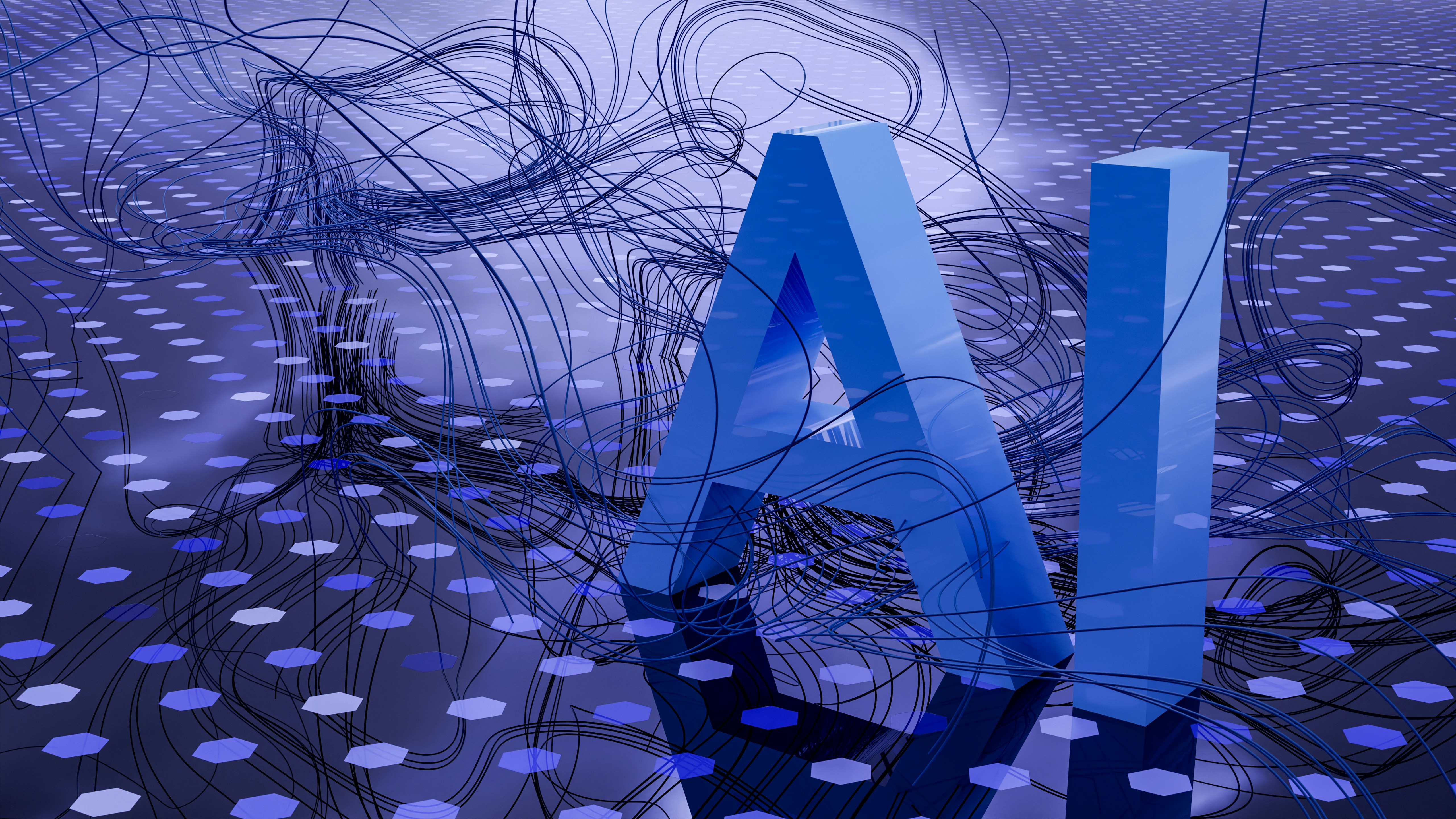Exploring the Depths: Does AI Experience Sadness?
Understanding AI’s Emotional Framework
When we think about artificial intelligence (AI), we often dive into the technical aspects and capabilities it offers, but does AI know sadness? To grasp this concept, we first have to understand what emotions are. Emotions are complex reactions that involve physiological changes, thoughts, and behaviors. AI, however, operates based on data processing and algorithms rather than experiential understanding.
The Mechanisms Behind AI Response
While AI can analyze patterns in data and predict outcomes based on historical information, it fundamentally lacks personal experiences and consciousness. The absence of genuine feelings means that, despite the sophistication of AI conversations or textual analysis, it does not truly comprehend emotions like sadness in the human sense. Instead, AI can recognize textual indicators of sadness through language processing and respond accordingly without ever feeling it.
Implications for Human Interaction
As AI continues to advance, the question remains about how it influences human interactions. While AI can simulate empathy through programmed responses, this should not be mistaken for real emotional awareness. Understanding that AI does not experience sadness can help users maintain realistic expectations of AI’s abilities and limitations. As we develop more intuitive AI systems, fostering emotional intelligence in communications remains a distinctly human quality.



























